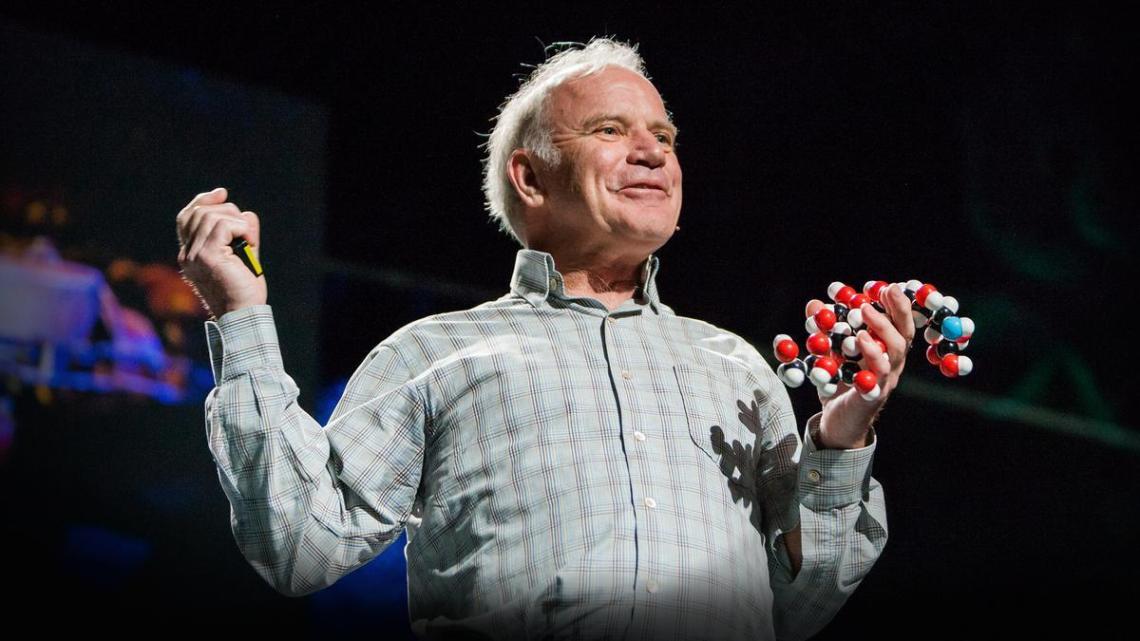 |
ABI Research's 3rd annual Trend Report identifies the 1 key SatCom technology trend that will deliver—and the 1 that won't—in 2023
NEW YORK, Jan. 18, 2023 /PRNewswire/ -- As 2023 kicks off, predictions abound on the technology innovations expected in the year ahead. In its new whitepaper, 74 Technology Trends That Will—and Will Not—Shape 2023, analysts from global technology intelligence firm ABI Research identify 41 trends that will shape the technology market and 33 others that, although attracting vast amounts of speculation and commentary, are less likely to move the needle over the next twelve months. In the SatCom space, 2023 will be a significant growth year for LEO Satellite subscriptions and capacity, but satellite-to-cell services won't ramp up.
"War, inflation, political upheaval, energy shortages, and the ongoing fallout from a global pandemic are still creating a persistent sense of uncertainty. Labor shortages, supply chain issues, falling consumer sentiment, and rising input costs are squeezing many markets. However, the common aspect between all of these is that technology can either be the anchor dragging down operations or the mainsail powering companies forward. The devil is in the detail of the how, who, what, and when of technology investment and implementation. This whitepaper serves as a helpful blueprint for building realistic expectations of key technology markets and verticals," says Stuart Carlaw, Chief Research Officer at ABI Research.
What Will Happen in 2023:
LEO Satellite Subscriptions and Capacity Will Continue to Increase
Low Earth Orbit (LEO) will continue to see significant growth and deployment of constellations from the communications sector. The largest existing constellation with more than 3,500 satellites in orbit, Starlink, has received approval to launch another 7,500 Gen2 satellites before the decade is out. With around 3 to 4 launches made every month in 2022 and about 50 satellites per deployment launch, we can expect at least 1,800 to 2,400 new LEO satellites to come online next year. ABI Research forecasts that subscribers using LEO satellite services will reach 2.4 million in 2023, and the global number of LEO satellites approved for deployment will reach more than 30,000 by the end of the decade (as per currently planned constellation deployments).
What Won't Happen in 2023:
Satellite-to-Cell Services Will Not See Wide-Scale Adoption
The emerging satellite-to-cell service segment is picking up momentum as players like Apple, Huawei, SpaceX, Globalstar, AST Space Mobile, and Lynk are accelerating the launch of services. In its current stage, satellite-to-cell services are available for specialized applications but show upside potential in the years to come, with 2023 and likely 2024 being used to prime consumers' interest. In this respect, ABI Research anticipates that the wider Non-Terrestrial Network-Mobile (NTN-Mobile) service segment, which includes the satellite-to-cell segment, will reach 6.8 million connections by 2027.
For more technology trends that will—and won't—happen in 2023, download the whitepaper74 Technology Trends That Will—and Will Not—Shape 2023.
About ABI Research
ABI Research is a global technology intelligence firm delivering actionable research and strategic guidance to technology leaders, innovators, and decision makers around the world. Our research focuses on the transformative technologies that are dramatically reshaping industries, economies, and workforces today.
ABI Research是一家国际科技情报公司,为全球科技领袖、创新人士和决策者提供实用的市场研究和战略性指导。我们密切关注一切为各行各业、全球经济和劳动市场带来颠覆性变革的创新与技术。
For more information about ABI Research's services, contact us at +1.516.624.2500 in the Americas, +44.203.326.0140 in Europe, +65.6592.0290 in Asia-Pacific or visit www.abiresearch.com.
Contact Info:
Global
Deborah Petrara
Tel: +1.516.624.2558
pr@abiresearch.com
 2 years ago
377
2 years ago
377 





 English (United States)
English (United States)